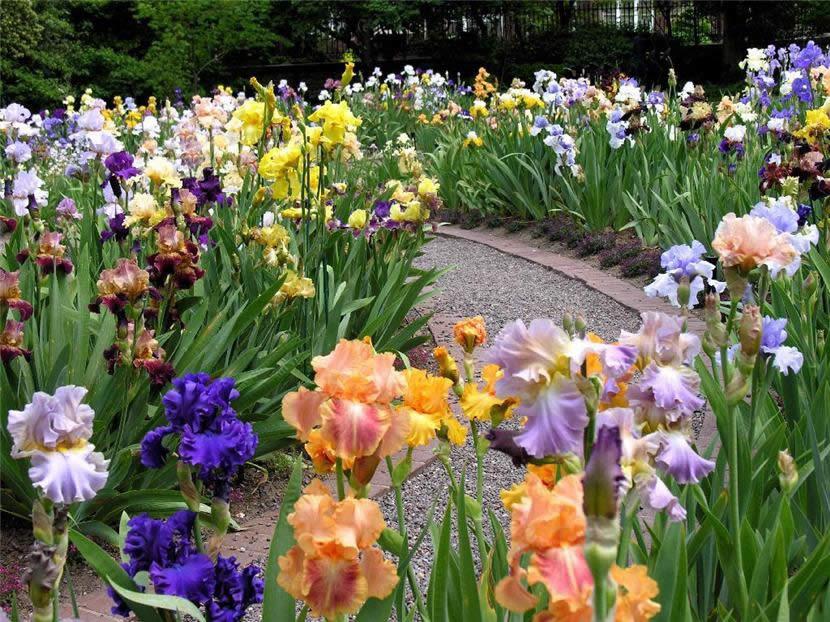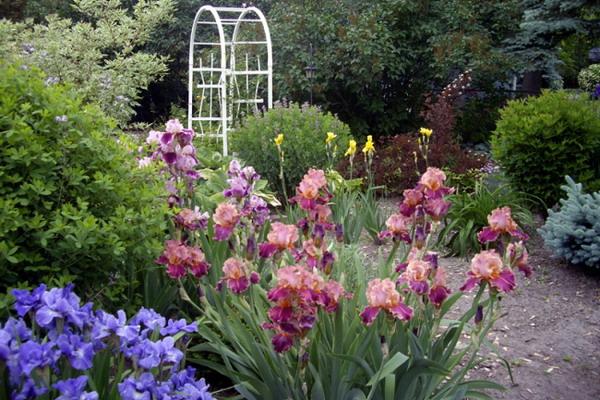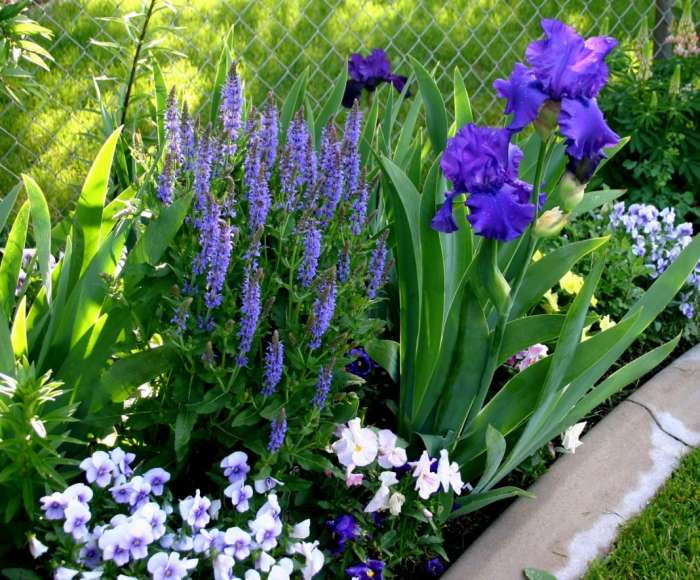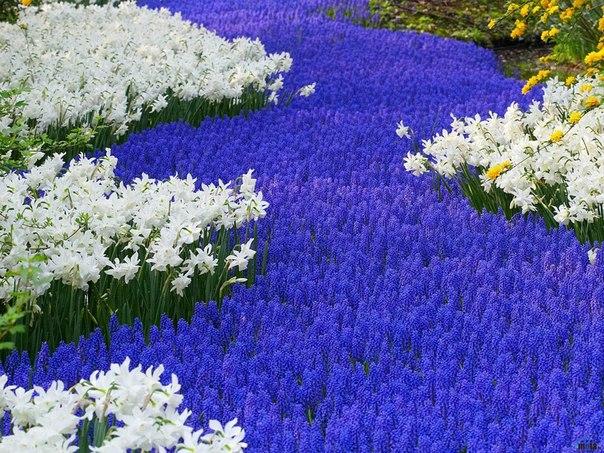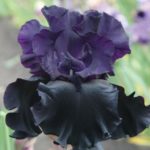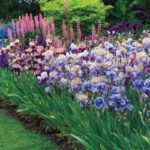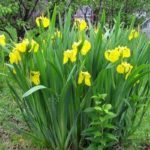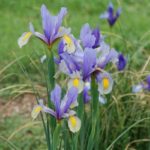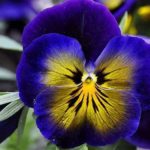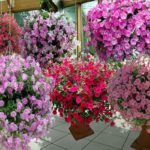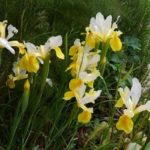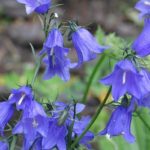Perennial flowers occupy a leading position in the design of a suburban area. Among them, irises are not overlooked. Their varied shapes and colors mean that plants always find a place in flower beds. You just need to pay attention to what flowers the irises go with in the flower beds and arrange the crops according to the design rules.
What types of irises are there and how do they differ?
Rhizomatous plants are perennials. Many flower hybrids have been developed.In addition to the color of the petals, they differ from each other in size, flowering time, and soil requirements. There are 2 types of garden crops.
Bearded flowers include those flowers whose petals are arranged in 2 tiers. The outer 3 are slightly lowered down, and the upper ones are raised by a dome. And on the outer lobes of the flower there are hairs that form a “beard”.
The decorative crop includes about 25 thousand varieties from short (35 centimeters) to tall (70 centimeters).
All types of irises differ in the color of their petals. There are solid colors or different colors. Some petals are colored in different shades. Beautiful iridescent inflorescences, decorated with a contrasting border. A feature of the species is the superficial root system, the constant movement of plants as they grow. Bearded hybrids are widely used in flower beds, mixborders, and ridges.
The group of beardless plants has a similar structure of petals, without hairs, but decorated with bright spots. The color of wild species is yellow. And this color remains dominant in many varieties. Hybrids with purple, blue, and white colors have been bred.
The requirements for growing conditions for types of ornamental crops are different. Therefore, when planting irises in flower beds, the characteristics of each variety are taken into account.
Using irises in garden design
The peculiarity of flowers is that they can be used in garden design of any style. Irises are planted in flower beds, combined with other plants. Sometimes flower beds are created from only irises. This form is called iridarium.
The plants are unpretentious to the soil. They take root well on rocky slopes. They can be used to decorate alpine slides and rockeries. In this case, low plants are suitable.Low-growing varieties of crops will make the framing of paths bright and unusual.
Exist types of irises, which thrive in wetlands. They choose a place near water bodies. Some varieties of swamp hybrids develop in water. Rock gardens with coniferous trees and shrubs are best enlivened with brightly blooming irises.
What colors go with irises in a flower bed?
When starting to plant flowers, you need to know that the root system of ornamental plants is located next to the surface of the earth. It is worth paying attention to such color combinations so that neighbors do not interfere with each other’s proper development.
Suitable for planting iris rose. The queen bushes of the garden begin to bloom later than the irises, but the greenery of the stems will become an additional decoration of the rose garden. You can choose plants by color. So, white and blue flowers will be a wonderful complement to red roses or poppies. Plants are planted at a distance of 1 meter.
Decorative culture gets along well with daylilies. Both types of representatives of garden flowers have a superficial root system, so they coexist amicably.
Bearded and beardless species are combined with other plants:
- spirea;
- conifers;
- lupins;
- pansies;
- delphiniums.
Varieties with delicate petals should be planted in sunny, open places. This is especially true for bearded species. Beardless plants tolerate partial shade.
Choosing a neighborhood for dwarf and moisture-loving irises
Stems 35-40 centimeters high are harmonious next to stones. Therefore, this is the best choice for arranging alpine slides and rockeries. You can plant dwarf varieties of phlox and crocus nearby. The flowers look interesting against the background of juniper.
For moisture-loving species, there is no better place on the shore of an artificial or natural reservoir. Siberian and Japanese flower species develop well near water. And swamp varieties can be planted directly in shallow water. Caring for such plants is easy, as they are unpretentious. Typically, beardless specimens of ornamental crops are chosen for shady places. Bearded plants will not be able to bloom in the shade.
Monoflowers with irises (iridariums)
Lovers of flowering perennials can arrange flower beds using only irises. For this purpose, varieties with different flowering periods are selected. So bright inflorescences will delight with unusual colors from May to July.
You can arrange flower beds on a lawn or lawn. Bushes of bearded flowers add variety to the greenery of the grass.
When making a group of identical flowers, they are selected according to the color of the petals. It is better to place the varieties at a short distance, filling the gap with pebbles or colored stones. Plants should not be planted in a row; asymmetry is needed. You can decorate the iridarium with a carved fence and forged items. Bergenia greens will be an excellent addition to plants in a monoflower garden.
Flower care
Flowers are planted in holes. For bearded species, it should be shallow. The roots are straightened horizontally and sprinkled with soil. Beardless varieties can be buried 5-7 centimeters. The distance between the holes ranges from 50 to 15 centimeters, depending on the height of the stem.
Garden crops need care in the form of:
- regular watering;
- fertilizing with liquid potassium-phosphorus fertilizers;
- weeding;
- careful loosening of the soil.
A special feature of care is that plants need to be fed only before flowering..

